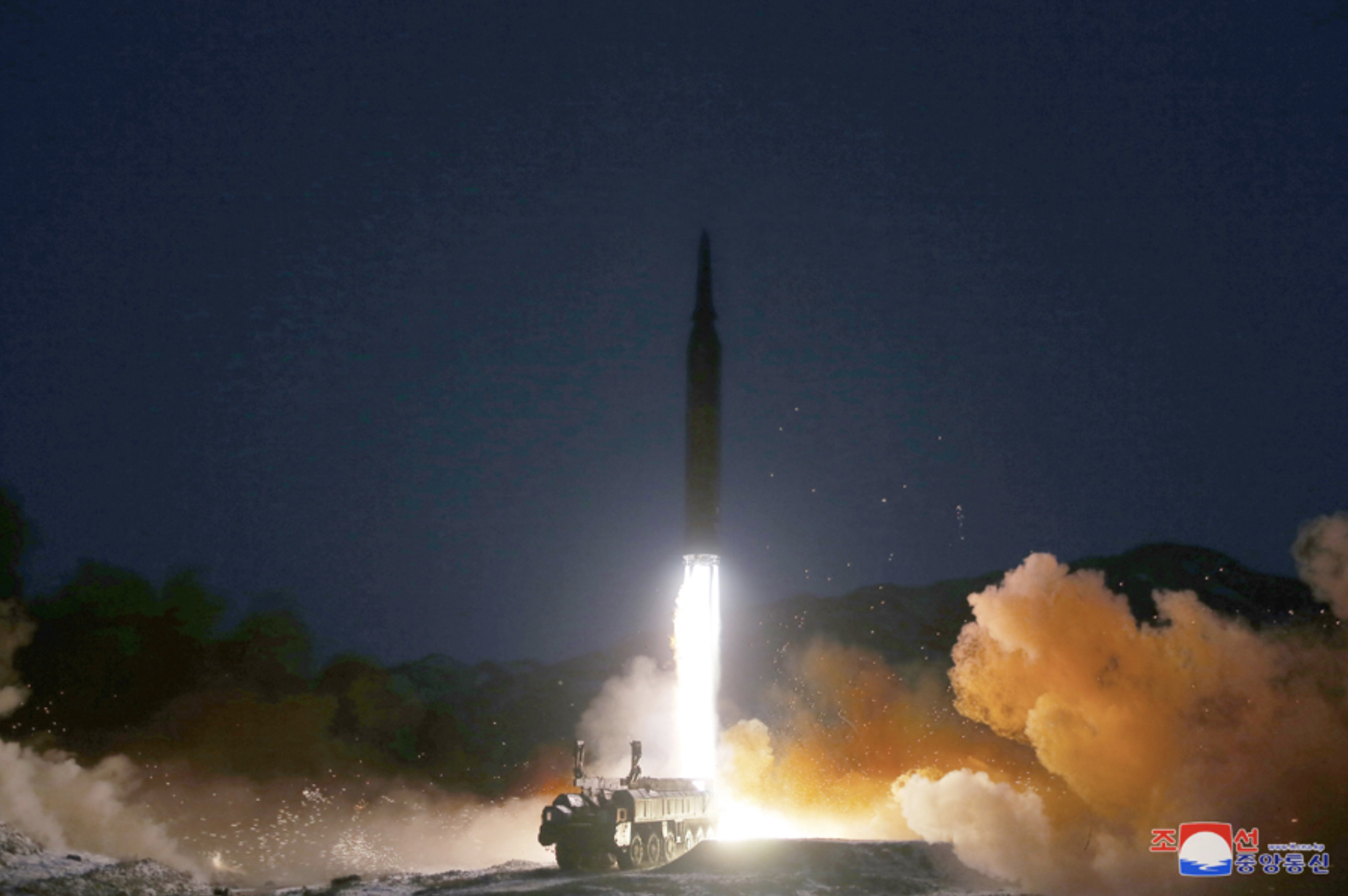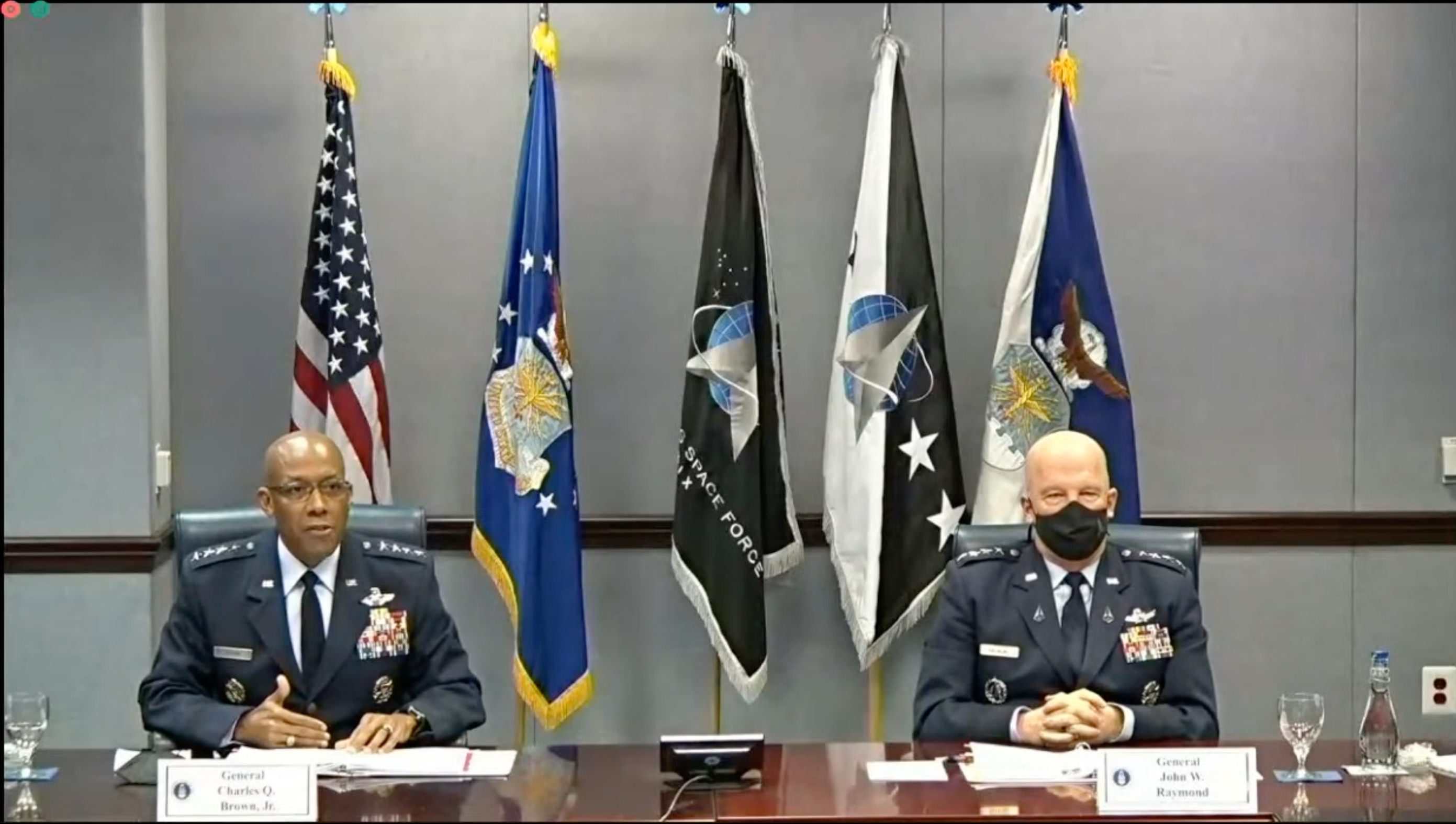A satellite constellation specially suited to tracking hypersonic missiles could be up and running by 2025.
Director of the Space Development Agency Derek M. Tournear laid out the advantages of the Tracking Layer of SDA’s still-envisioned National Security Space Architecture in a virtual talk Jan. 12 hosted by the Mitchell Institute Spacepower Advantage Center of Excellence.
Tournear explained that maneuverability has brought about the need for infrared tracking to be done closer to Earth, from low Earth orbit (LEO) in addition to the 40,000-kilometer-high orbits where missile tracking takes place now.
DOD’s existing tracking systems in high geosynchronous Earth orbit (GEO) and polar orbit can detect the launches, but maneuverability has introduced the need to also track missiles throughout their flight, Tournear said. His comments come one day after North Korea claimed to have tested another hypersonic missile. Although the U.S. refers only to the missile as “ballistic,” officials agree the missile launched Jan. 11 is more advanced than one launched just a week earlier.
At the dawn of missile tracking, when ballistic missiles flew along predictable trajectories, “you knew essentially where … the missile would come from, and then once you had early detection”—the hot, bright plume of a rocket launch in infrared—“you could predict the impact point very rapidly,” Tournear said.
But missiles are hardly ballistic anymore.
“They’re all maneuverable, whether or not they’re fractional orbital, or even some of the more ballistic ones, and then especially once you get to the hypersonic glide vehicles,” Tournear said. “They all can change their impact point, and so you need to be able to detect them throughout the flight.”
Simply because of how heat dissipates the atmosphere, the higher satellites can’t detect the cooler, dimmer phases of flight.
LEO orbits, on the other hand, top out at 2,000 kilometers.
“In the lower orbit, we can actually detect signatures that are lower, that are essentially dimmer, than what you can detect in these higher orbits,” Tournear said. Targets become detectable not just at launch, “but you can [also] see the hypersonic glide vehicles as they’re maneuvering and getting hot.”
A lower orbit calls for more satellites to cover the globe. Twenty-eight satellites launched in 2024 and 2025 will form the “kernel” of the tracking ability, Tournear said.
But the proliferation brings another advantage.
Several satellites will be able to detect a given flight, allowing for “different ‘look’ angles … to calculate the three-dimensional track very accurately,” Tournear said.









